
That movie was...

My Fair Lady (1964) was experienced director George Cukor's film musical adaptation of George Bernard Shaw's 1912 play Pygmalion that had played successfully on Broadway from March 15, 1956 to 1962. Shaw's plot was derived from Latin poet Ovid's story (in the Metamorphoses) about a character named Pygmalion who fell in love with a beautiful ivory statue of a woman. In later Greek tradition, his prayers to Venus that the beloved statue - Galatea - would come to life came true so that they could marry.
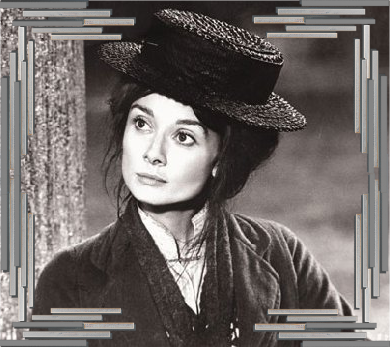
The non-musical version of the play, from Shaw's own screenplay, was first filmed in Britain in 1938 by co-directors Anthony Asquith and Leslie Howard (who also co-starred with Dame Wendy Hiller). The tale is about a 'guttersnipe' Cockney flower girl heroine (Hepburn), who is trained by a misogynistic, bachelor linguistics expert (Higgins) to speak properly within six months - the result of a daring challenge and bet. During her elocution lessons, her unrepentant, calculating drunk father (Holloway) appears for handouts, and she makes an embarrassing first appearance at the opening day Ascot Races, but she catches the eye of high-born but poor Freddy Eynsford-Hill. Although she experiences personal triumph within high society at the Embassy Ball, and wins her teacher's love, she storms off after being transformed - only to return by film's end.
Warner Bros.' musical romantic comedy was expensive-to-produce (at $17 million) - their most expensive film to date, partially due to the fact that the studio had to pay $5.5 million for film rights to the popular Broadway hit. It turned out to be one of the top five most successful films in 1964 - a combination of clever lyrics and singable tunes, with a great lead and supporting cast, and lavishly-designed theatrical sets and costumes. Producer Jack Warner's will prevailed and the Cockney flower vendor character played by little-known Julie Andrews on Broadway was replaced by well-known, non-singing 'Cinderella' actress Audrey Hepburn (whose voice was dubbed by Marnie Nixon although Hepburn sang her own tracks) - to guarantee greater box-office business.
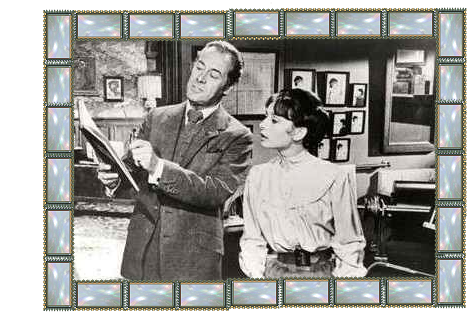
Ironically, Julie Andrews was awarded a Best Actress Academy Award for her role in Disney's competing film Mary Poppins, and Hepburn failed to receive a nomination for her part. [During her acceptance speech, Andrews thanked Jack Warner "for making this possible." Rex Harrison reprised his legendary stage performance on celluloid as the linguistics professor with a unique 'non-singing' vocal style. Lerner and Loewe's score for the musical includes some of the best known songs and lyrics ever: "The Rain in Spain," "I Could Have Danced All Night," "On the Street Where You Live," "I'm Getting Married in the Morning," "With a Little Bit of Luck," and "I've Grown Accustomed to Her Face."
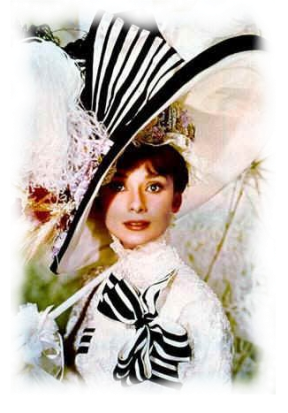
George Cukor, a veteran "women's director," made a sumptuous, glamorous, brilliant Technicolor film with well-loved tunes - it was honored with twelve Academy Award nominations and eight wins, including Best Picture, Best Actor (Rex Harrison), Best Director (Cukor's only Best Director award in his career), In the decade of the 60s, My Fair Lady joined two other highly praised, big box-office films when it won the Academy Award for Best Picture (as did West Side Story (1961) and The Sound of Music (1965).
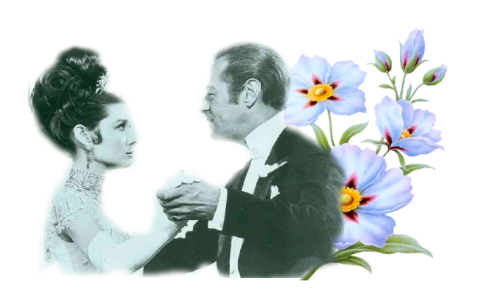
Whether you see it for the first time, or for the 30th.....You'll be dancing all night too!
And now I'm off to do some dancing myself!!
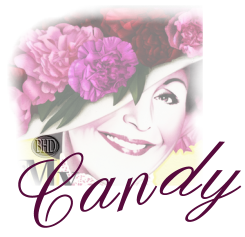
Strolling Down Memory Lane with Candy - Main Page